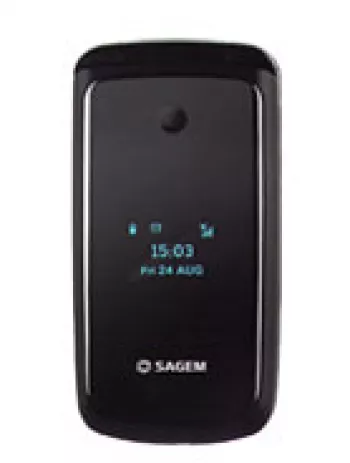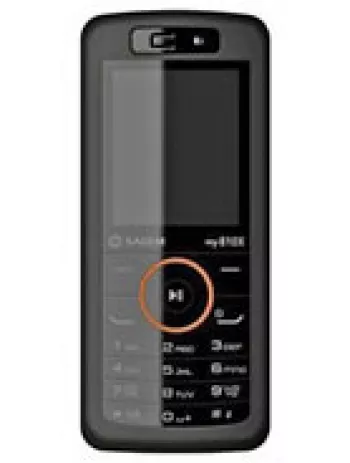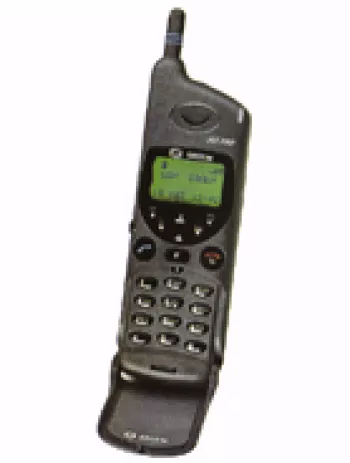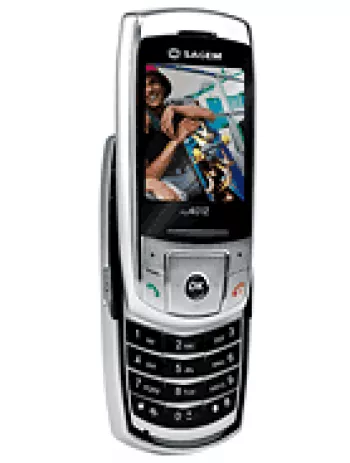
Overview of Sagem MC 912
The Sagem MC 912 is a feature phone that was first introduced in 1999, during a period where mobile phones were transitioning from luxury items to essential communication tools. As a product of its time, it combined robustness with basic mobile telephony features, catering to the needs of users who prioritized communication over entertainment or advanced functionalities.
Network Technology
The Sagem MC 912 operates on GSM technology, specifically supporting the 900/1800 MHz frequency bands. This was typical of mobile phones in the late '90s and early 2000s, when GSM was the predominant technology for mobile communications. The absence of GPRS or EDGE meant that data services were not a priority for this device, focusing instead on voice communication.
Design and Build
With dimensions of 116 x 45 x 22 mm and a weight of 117 grams, the Sagem MC 912 was compact and portable, fitting comfortably in the user's hand or pocket. It used the Mini-SIM format, which was standard at the time. The device's design reflected the utilitarian nature of mobile phones at the turn of the century, with an emphasis on durability and simplicity.
Display
The phone featured an alphanumeric display capable of showing 4 lines of 12 characters each. While basic by today’s standards, this was sufficient for the SMS and contact management that the phone was designed to handle. The display focused on providing clear, legible text rather than multimedia or rich content.
Memory Capacity
The Sagem MC 912 came with limited internal memory, supporting a phonebook capacity of up to 100 contacts—adequate for typical personal and professional use at the time. However, the absence of a memory card slot meant that storage could not be expanded, reinforcing the phone's role as a straightforward communication device.
Sound and Alerts
Equipped with a loudspeaker, the phone supported basic sound functions, including vibration and downloadable monophonic ringtones for alerts. It did not have a 3.5mm jack, which limited audio connectivity through external headphones or speakers.
Connectivity and Communication
The device was purely focused on SMS messaging and voice calls. Without Bluetooth, WLAN, positioning services, or radio, the Sagem MC 912 lacked modern connectivity options. However, for a phone from 1999, this was not uncommon, as the primary function was mobile telephony rather than data services.
Features and Utilities
Despite its simplicity, the Sagem MC 912 included essential features such as a clock and an alarm. These utilities, while basic, complemented the primary phone functions and increased the device's everyday practicality. It did not support games or Java-based applications, which were not a priority at the time of its release.
Battery and Power Management
The phone utilized a removable Li-Ion battery with a capacity of 600mAh, providing up to 130 hours of standby time and 3 hours of talk time. This battery performance was relatively standard, ensuring that users could rely on their phone throughout the day without frequent recharging.
Release and Discontinuation
Announced in 1999, the Sagem MC 912 was part of a wave of devices that bolstered Sagem’s reputation in the mobile phone market. It was eventually discontinued as the industry moved towards more feature-rich phones, but its legacy as a no-nonsense, reliable device endures in the memories of early mobile phone users.
Conclusion
The Sagem MC 912 exemplified the mobile phones of its era, emphasizing reliable mobile communication over extraneous features. It catered to users who needed a dependable tool for voice calls and SMS, standing out with its practical design and efficient battery management. Although technology has advanced tremendously since its discontinuation, the Sagem MC 912 remains a testament to the early days of mobile communication.
Key Features of Sagem MC 912
- GSM Technology with dual-band support (GSM 900 / 1800)
- Compact dimensions: 116 x 45 x 22 mm
- Lightweight design: 117 g
- Alphanumeric display
- Phonebook capacity: 100 contacts
- Removable Li-Ion battery
- Stand-by time of up to 130 hours
- Talk time of up to 3 hours
- Loudspeaker available for sound
- Vibration and downloadable monophonic ringtones for alerts
- SMS messaging support
- Includes clock and alarm
Disadvantages of Sagem MC 912
- No GPRS support
- No EDGE support
- Discontinued model
- Limited alphanumeric display with 4 x 12 characters
- No expandable memory card slot
- No camera feature
- No 3.5mm headphone jack
- No wireless connectivity options (WLAN, Bluetooth)
- No positioning or GPS support
- Absence of a radio feature
- No games included
- No support for Java applications
View Also
More Phones
All Rights Reserved +13916 Phones © Mobilawy 2025

























